|
Guest post by Robin Mimna Most writers who have put their work out there have at least one regret that stands out among the buckets of rejection that rain down on them. That one agent or publisher you felt an instant connection with. The one you knew in your soul would not only get your ideas, but champion your work like no other could. For me, that’s Graywolf Press. In retrospect, I aimed pretty high and it wasn’t publication, but a paid remote internship I was after. Advertised on Instagram, I was one of Graywolf’s 44,000+ followers who got the update the day this “small press” posted the position. I became infatuated with the idea of beginning my publishing career with such a lofty internship and poured over the requirements. Graywolf primarily works with established authors or academics like Claudia Rankine, author of Just Us: An American Conversation. And unlike the scores of younger, college age applicants all over the country, I was over forty with a fulltime job, limited flexibility and not much experience to bring to the table. Nevertheless, I threw myself into writing a killer cover letter outlining why all the knocks against me were irrelevant, and why I was (obviously) the best person for the job. Founded in 1974 by Scott Walker, Graywolf Press started out as limited hand sewn chapbooks. In 1984 it was incorporated as a 501(c)(3) nonprofit organization and later moved to St. Paul, Minnesota. Today Graywolf publishes about 30-40 books a year, mostly poetry, memoirs, essays, novels, short stories and translations. Occasionally, they will have an open period or contest, but otherwise does not accept unsolicited submissions. They vet most of their authors through magazines, writing conferences and agented submissions. In short, it’s an exclusive press. In preparation for my grand application. I haunted Graywolf’s website and social media. While doing research, I purchased several of their books, including The Collected Schizophrenias by Esme Weijun Wang. It’s an intimate view from the point of view of someone who struggles with the effects of mental and chronic illness. I spent weeks working on my application, which included a cover letter and a thousand-word analysis of a book of my choosing. I settled on The Diving Bell and the Butterfly by Jean-Dominique Bauby. Not just because it’s one of my favorites, or because I’ve read it a million times, but it’s also right in line with what Graywolf publishes. Bauby’s short memoir is a day dream-nightmare into his transition from able-bodied, womanizing editor of Elle magazine in Paris, to bed-bound quadriplegic. After a massive stroke took out Bauby’s brain stem, he was diagnosed with “locked-in-syndrome.” This left him unable to move beyond a slight swivel of his head and a single blinking eye, yet his mind fully intact. Using a translation alphabet designed specifically for him, he was able to blink out his memoir using his left eyelid. He did this without losing a hint of his sharp sarcasm or high humor. Sadly, Bauby died two days after the book’s publication. With the confidence of someone suffering from her own massive stroke, I whisked my application over to Graywolf, wishing only that I could stand over the shoulder of the lucky editor who got to read MY perfect and inspired analysis. I wish I could write you a happier ending to this story, but this isn’t fiction. During the reading period I checked my e-mail in fifteen-minute intervals and picked up my phone every time it rang. (So many expired car warranties…) But no offer came, and no e-mail was sent. Obviously, I didn’t get the internship. I didn’t even get a rejection. I found out I didn’t get the job when they announced on their website a few weeks later they’d filled the position. I’m totally fine by the way. I hardly ever talk about it publicly anymore. (I’m not crying, you’re crying) Graywolf posted two new paid internships this year. Although conducted remotely, all applicants must reside in California, Hawaii, Minnesota, or New York for the duration of the internship. Maybe they figured out offering a national paid internship in the middle of a global pandemic would yield more applications than they cared to review. It’s clear breaking into publishing in the modern age is a complicated process, but not impossible. Take your shots when you have the chance and move on from the rejections. My writing might not be sophisticated enough to grab Graywolf’s attention, but you never know. Paying dues sometimes means finding opportunity in the failures. I ended up using my grand analysis for a literature class later that year and got a B+ on it. Perhaps it wasn’t the inspired piece of iconic work I imagined it was, but it got me through a tough spot while I was struggling with my Spanish II final so, I’ll call it a win. Adios!
1 Comment
Should you include picture notes for the illustrator in your picture book manuscript? In this video, you'll learn common practice with picture notes and what illustrators prefer. Being a creative is a challenge. Trying to use your creative talents with others can be even more of a challenge. A good working relationship is key for a project's success, and this is especially true for authors and illustrators who team up. This week, career illustrator Sharon Lane Holm gives us a window into the illustrator's perspective. What Illustrators Want Authors to Know By Sharon Lane Holm Trust me. We both want the same thing—to share a wonderful story with great illustrations. We both want to sparkle and stand out above all the rest. Trust me. Please try to not micro manage. Creative freedom is the best thing you can give to your illustrator. Allow yourself to be open to their ideas. Trust me. You created a great story! As an illustrator it is my job to interpret your words visually. I tell your story with my illustrations. Both art and words must be able to stand alone and tell the same story, without each other. Trust me. My artistic interpretation may differ from yours. An illustrator has so many different ideas and will come up with something you may never have imagined. Let me show you another way to make us to shine. Trust me. I am a professional, just like you. We will both agree on a fair and reasonable contract beforehand so there will be no surprises. I will always do my best work. I would never expect anything less of myself. Trust me. We may never actually meet. But professionally we are a team. We are in this together. I so appreciate being a part of our team. I hope you will feel the same way. Trust me. I love what I do. I create and draw and color outside the lines. I can draw a story. I can draw your story.
We have a talented guest writer this week, professional photographer Stephana Ferrell, owner of The Inspired Storytellers. Stephana recently took the photos of the watercolor art for our upcoming book Joyride. She has some great tips on how to photograph art for children's picture books. Five Tips for Photographing Art for Picture BooksCongratulations on being so close to publishing! You've got colorful illustrations in hand and there is one step between where you are and approving a layout- getting your tangible prints into digital form. There are two industry standards to making this happen, and this article will cover ways to ensure success when photographing your illustrations. Let's get into it! Tip One: Even Out Your LightingLighting must be evenly spread across the surface of the illustration (not pointed down as this can cause reflections or hot spots). It’s best to use a light source that is close to daylight or “white” color (4500-5500 Kelvin), so incandescent and fluorescent lights should be avoided. Tip Two: Keep Your Position ConsistentCamera distance and angle should be as consistent as possible between pages to ensure you aren’t impacting the scale of your illustrations. Use a tripod when possible or observe your positioning and ensure you keep it the same. Tip Three: Watch Out for DustClean your lens (and sensor, if it applies) before taking the pictures. I like to test the cleanliness of the lens by taking a picture of a white wall or a blue sky. Dust and other spots that you need to address will easily show themselves. Tip Four: Get Rid of Camera Shake
Tip Five: Editing is KeyEditing is just as important as the images you create. Keep in mind which pages will end up being full spreads and crop your images to the right bleed size, ensuring anything that needs to line up does. The final printing color profile also needs to be considered while when making any tweaks to your image files. Ensure your screen is calibrated. Contrast, Exposure, and Tone/Saturation changes you make on screen may not render the same way when it goes to print. Now that you have all of this information as your guide, you are ready to get those illustrations into digital form. Here's a quick recap to follow as you're photographing:
Picture books are primarily a print market. Kids and parents love holding the books in their hands and interacting with them, pointing to pictures and turning pages. Deciding the best way to make your physical product involves some decision making and figuring out what is best for you and your book. Here are the options, along with the benefits and drawbacks of each, to help you decide. Printing Choices The two main ways to indie print picture books (or any book) are to offset print or use a print-on-demand service. Offset printing is when you put in an order with a traditional book printer such as Thomson-Shore or Phoenix Color and they do what is called a print run. You pay the money up front for an agreed-upon amount of books. When the print run is finished, you have all of your books ready to sell. Print-on-demand or POD is a relatively newer service in the history of book printing. All you do is upload the files to a service such as Amazon or Ingram Spark and they print copies after they are purchased and mail them to the customer. If you want to have a home stock of books, you will need to order from the printing service and you only pay for the exact amount you want. Offset Printing Benefits and Drawbacks Offset printing is number one when it comes to print quality, especially for picture books that have color interiors. You also have more print options with an offset printer. You can pick your trim size, get foil embossing, do lift-the-flaps, even get holes cut in your pages. You can customize whatever you want! However, when you offset print you have to pay for an entire print run. This can get expensive and is risky if you end up not selling very many books. Also, now you have an entire print run. Where are you going to store those books? You will have to do some research and see if you want to apply for a distributor, store them at a warehouse that does pack-n-ship, or keep them at home/a storage unit and mail them yourself. But another benefit is the per-unit price. The higher the total print run, the cheaper the books are per book. Print-on-Demand (POD) Benefits and Drawbacks The benefits of POD are easy to see: significantly less up front cost and much easier product management. It is the most economical option. Plus services that do POD also list and ship your books for you. Double bonus! Here comes the big drawback: print quality. Because these books are printed quickly and shipped out right away, the printing methods give less rich color and quality controls aren't as well regulated. You are also limited in your options and must chose a trim size from a predetermined list and can't get any of the special features. Some POD printers, such as Amazon, only print paperbacks. Finally, the price of the book per unit stays the same whether you print two books or two thousand. It becomes the least economical option if you need to print large quantities of books. The best method is going to be what is right for your goals, your time, and your budget. What is most important to you? What can you honestly manage? How much money do you have to spend? You also don't have to be married to one printing method. You can make a judgement call for each project and see what works best for you. I personally do both, pending the project and what I deem is important. Happy publishing!
|
AuthorArielle Haughee is the owner and founder of Orange Blossom Publishing. Categories
All
|
Proudly powered by Weebly
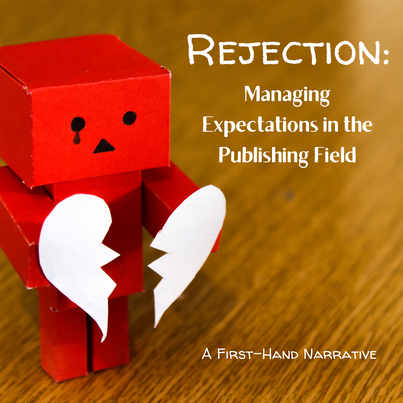
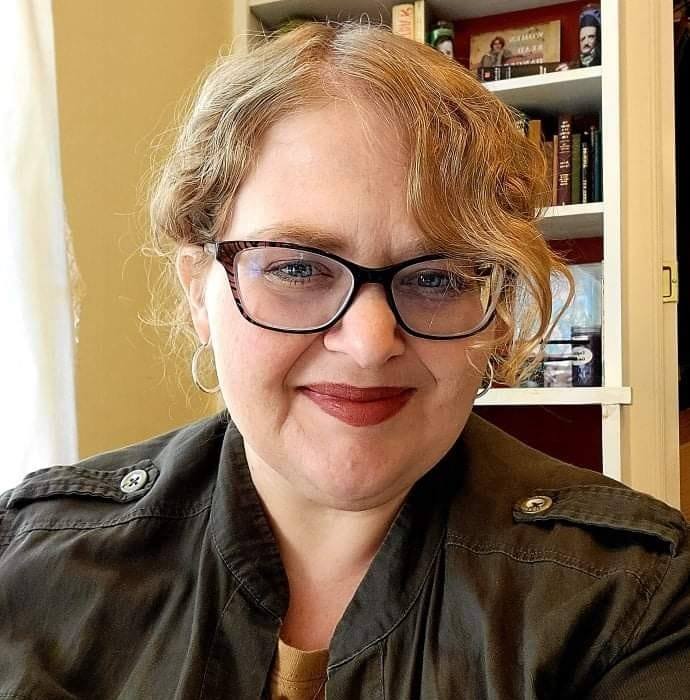
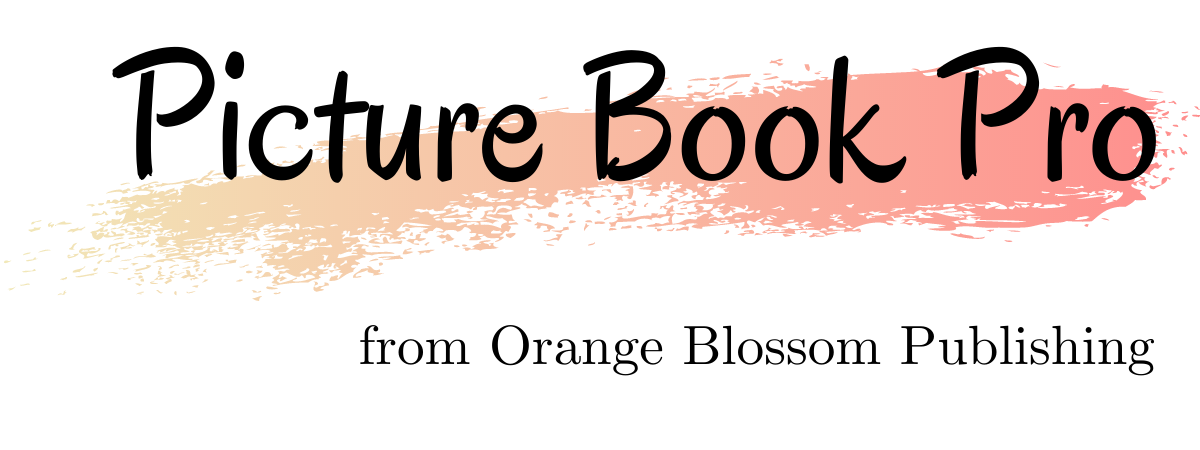
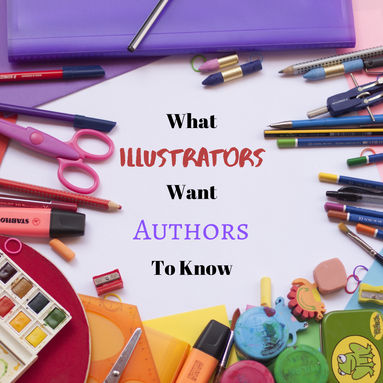
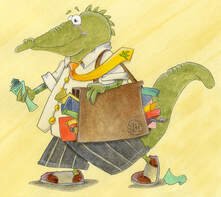
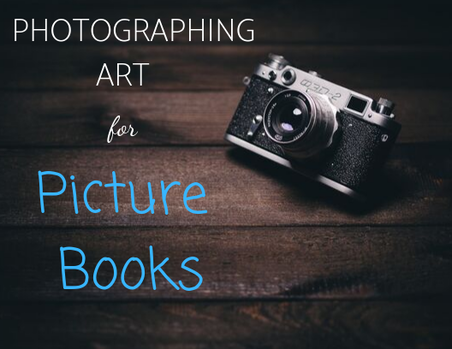
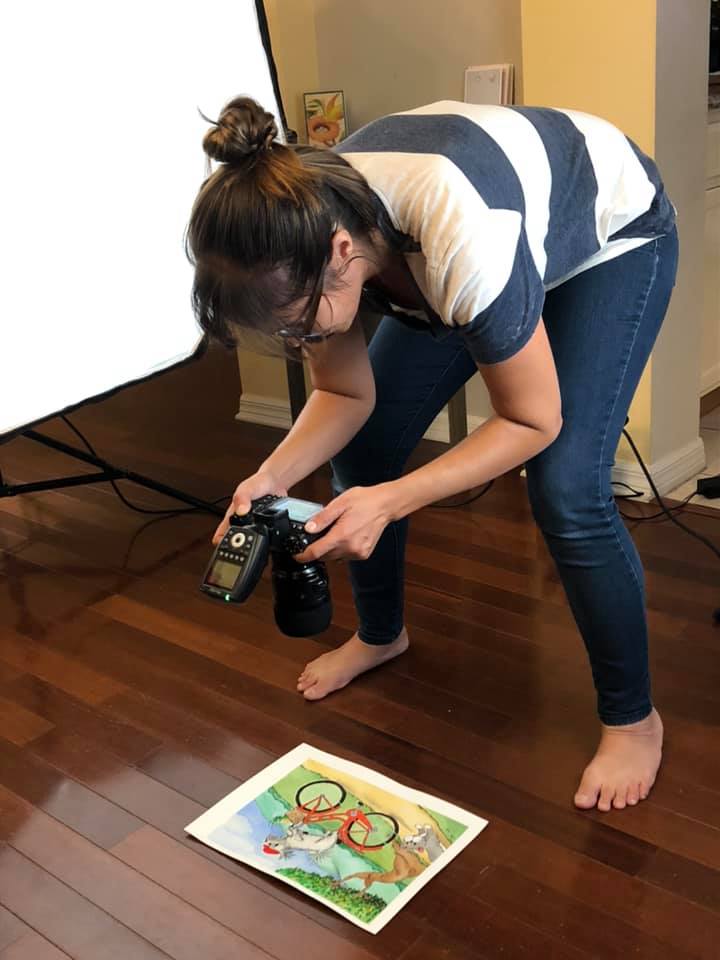

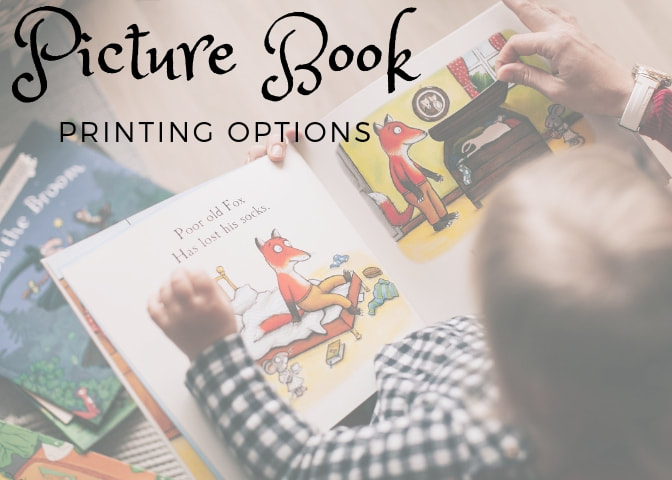
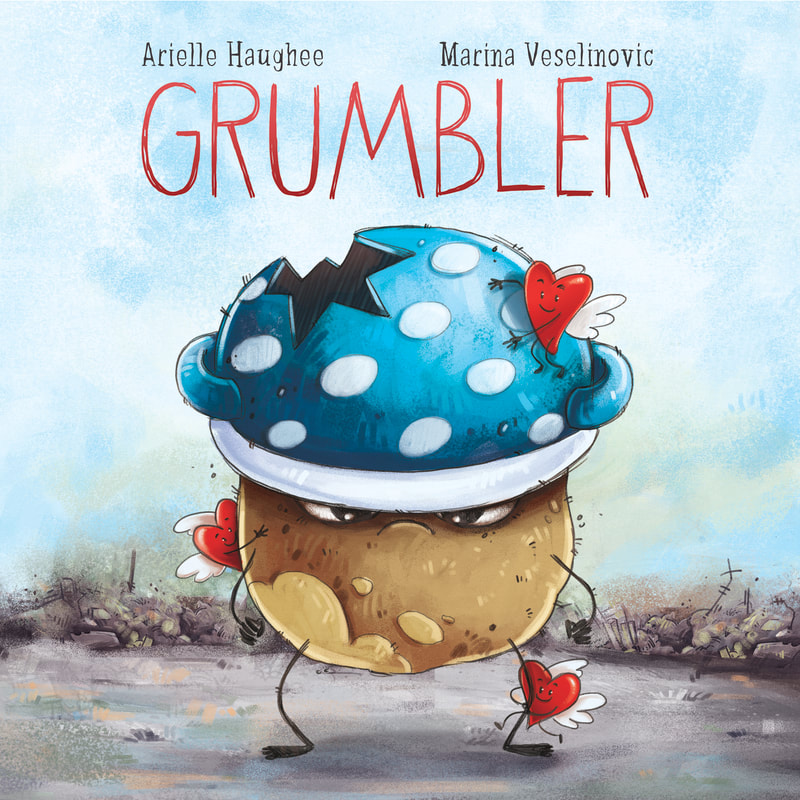

 RSS Feed
RSS Feed